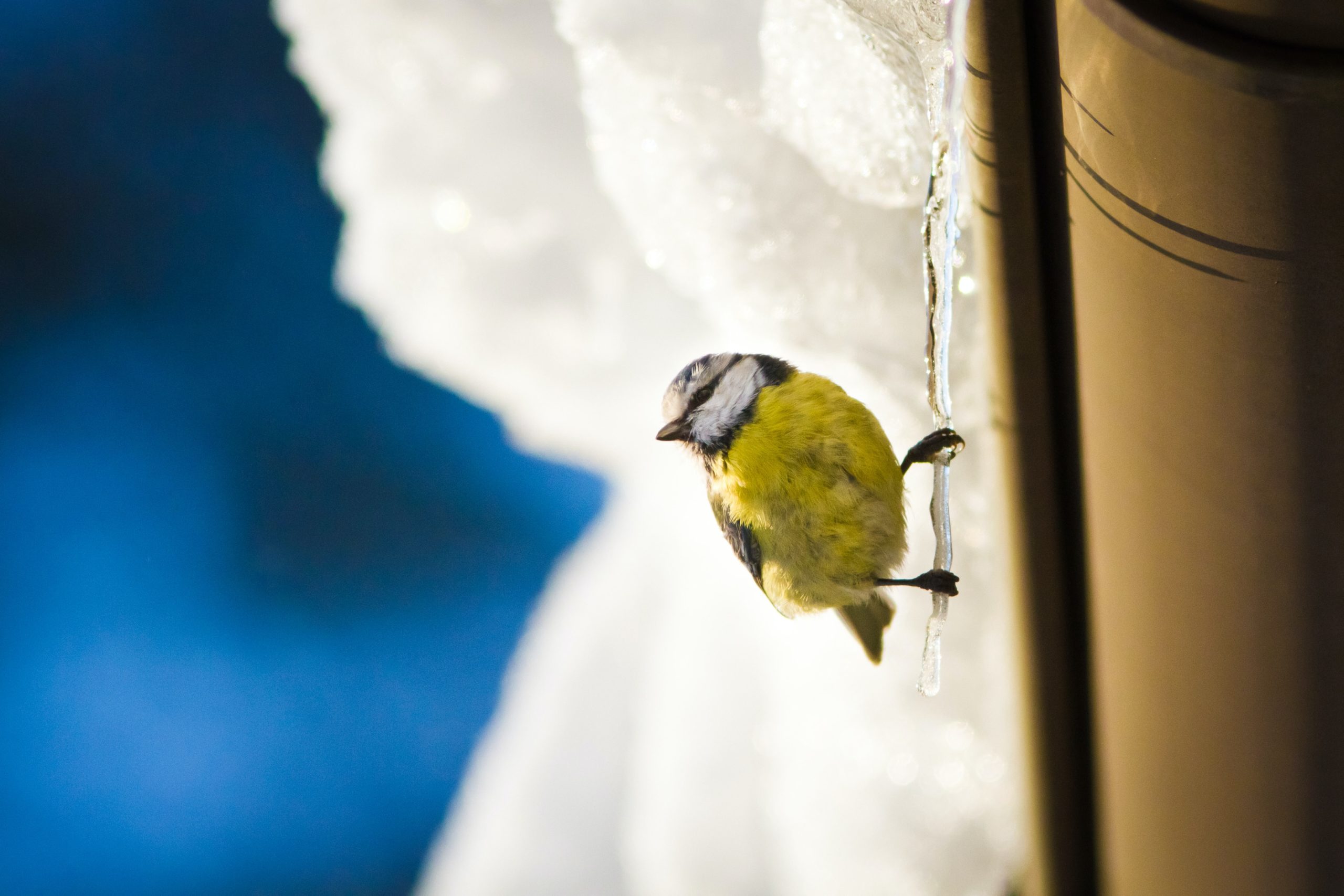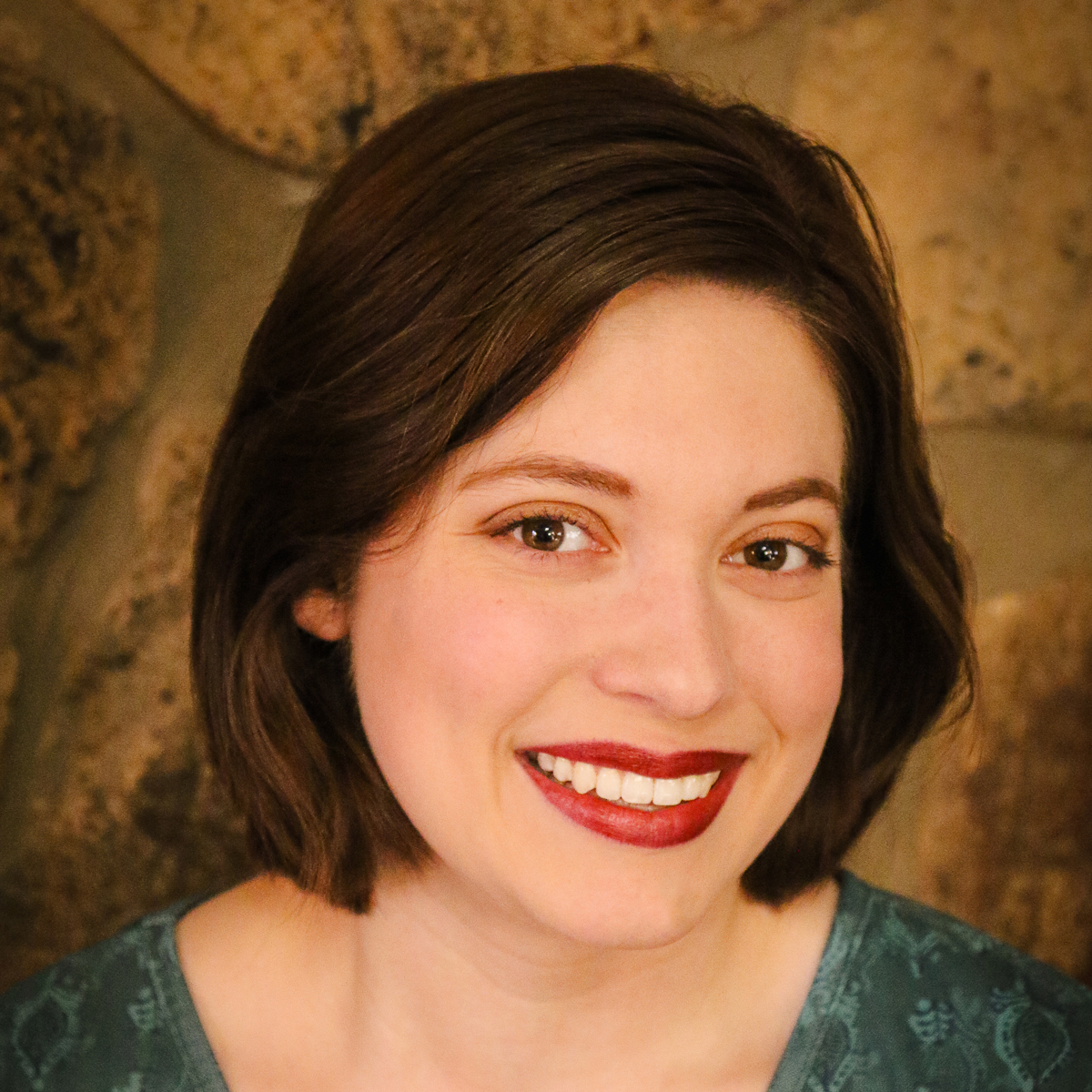The late summer heat bore down on my parents’ front yard as I rocked myself on our swing, chatting with my fiancé on the phone. The days till our wedding grew short, and we’d gotten to that point in our engagement where dreaming aloud about our life together was our favorite pastime.
“I can’t wait to do winter with you,” he said—probably in response to my complaining about the heat.
I laughed a little at that, a sure-fire way of dismissing the dread that suddenly raised itself in the back of my head. “I’m not a big fan of winter anymore, you know. The cold makes my arm hurt.”
“I know.” It’s hard not to know, if you spend any extended time with me nowadays. Nine months before Casey and I started dating, an ice storm hit the Deep South; I’d slipped on my parents’ icy driveway, shattered my elbow, endured major surgery, and spent the next three months in occupational therapy. Very early in our relationship, Casey learned just how sensitive to the cold I now was (and still am).
“Still,” he said, a smile in his voice, “it’ll be fun. We’ll have our own Christmas tree…”
“Oh, I can’t wait,” I sighed.
“…and we’ll watch our favorite Christmas movies together…”
“Like Home Alone?”
“And The Muppet’s Christmas Carol,” he laughed. “And even if we do get cold weather, I’d love to share our first snowfall together. There is a certain beauty to snow and ice…”
“I know,” I said a little too quickly. “I know, but…”
My voice trailed off, for suddenly I saw it in my mind’s eye: Casey and I on our porch, a stretch of concrete between the front door and the yard. Me in a winter coat, clutching his hand…taking a step off our “Welcome to the Hobbit Hole” mat…my foot making contact with the smooth grey surface…
But then, in this cruel vision, my heel slipped. I tightened my grip on his hand, but it was no good: I fell backwards, unable to prevent my elbow—or the back of my head—from smashing into the unyielding, icy concrete.
With that horrifying image, the vision abruptly ended. I drew a sharp breath, clapped a hand over my mouth, and burst into tears. Poor Casey spent the next few minutes comforting me over the phone, apologizing profusely and assuring me that it was all right, I was safe, and he’d look out for me—especially in the winter when every cold snap brought on the aches and pains.
Needless to say, I felt deeply loved and cared for in that moment. But I was also just as startled as he had been by my reaction. The intrusive thoughts had snapped into my head without warning, vivid as memory—and the next thing I knew, my hands were shaking and I was weeping.
![]()
My accident happened two years ago. I still feel a sharp warning pain every time I lift my toddler nieces, and a dull, achy stiffness whenever I get cold. Otherwise, I’ve recovered extraordinarily well. I can now touch my shoulder with my fingertips and almost fully straighten my arm, which is far more than my doctor or therapists ever expected. For all intents and purposes, my life is back to normal.
But that conversation with Casey forced me to reckon with something I’d suspected ever since reading Sarah Clarkson’s This Beautiful Truth. That book ministered to me in incredible ways, yet the first few chapters left me tearful and angry. It wasn’t that I disliked the book or found myself annoyed by Sarah’s story. Nothing could be further from the truth! But I read it only four months after my accident, and I saw myself in Sarah’s resentment towards God, her feelings of failure and helplessness, and the terror she felt every time she experienced the intrusive, violent thoughts of OCD.
Months of successful recovery allowed me to smother those feelings; the sweetness of romance almost allowed me to forget about them completely. But by the time Casey and I had that conversation just a few weeks before our wedding, I couldn’t run from what plagued me anymore. I had no choice but to look it in the face, point a finger at it, and name the thing:
trauma | ˈtrômə |
noun (plural traumas or traumata | -mətə | )
1. a deeply distressing or disturbing experience: a personal trauma like the death of a child.
- emotional shock following a stressful event or a physical injury, which may be associated with physical shock and sometimes leads to long-term neurosis: the event is relived with all the accompanying trauma.
2. Medicine: physical injury; rupture of the diaphragm caused by blunt trauma.
ORIGIN: late 17th century: from Greek, literally ‘wound’. [1]
If “trauma” literally means “wound,” then the terror, humiliation, and uncertainty of my accident and its aftermath left mental wounds as real and sensitive as the 7-inch scar running down the back of my right arm. When I’m cold, that physical scar turns an ugly shade of purple; the joint, held together by two plates and fourteen screws, moves slow and stiff as a rusty old door hinge.
Why should I be surprised if certain things—slippery surfaces, frigid forecasts, stairs, and even unpredictable situations—rub my mental scars the wrong way, too?
![]()
And yet, there is still so much hope.
Wounds can mend. They must be named first, however, and tended to with love and care—and even then, they’ll take their own sweet time in healing. I’ve learned this the hard way these past couple of months. Marriage has had a way of revealing other scars, some of them so old and scabbed-over that I’d almost forgotten about them.
But I’m remembering now, naming these things one by one. There’s a certain catharsis that has come with looking them in the eye and saying, “This wounded me,” even if my own eyes fill with tears in the process. And my accident is no exception.
A month after our wedding, Casey and I finally finished our Lord of the Rings marathon. Watching the movies together was something we’d planned in the early days of our engagement, and we felt a sense of accomplishment by the time we got to the scene where Éowyn and Merry slay the Witch-King together.
I’ve watched this scene countless times—but that evening, I grabbed Casey’s hand and pointed at the screen.
“Look!” I whispered, awestruck. “Éowyn broke her arm, too.”
I’ve never felt much kinship with the White Lady of Rohan. She always seemed so much fiercer and more steely-eyed than me, noble yet unrelatable. That evening, however, I seized our paperback copy of The Return of the King, looking for any and every reference to Éowyn’s broken arm.
My quest became less about her injury, however, and more about how she recovered. I certainly related to her frustration and helplessness: “I am healed, healed at least in body, save my left arm, and that is at ease. But I shall sicken anew, if there is naught for me to do.” [1] But I found myself relating, as well, to the way Faramir gently probed and then named the aches of her heart—for I’ve watched and heard my own husband do the same with me. For the first time, I understood why and how “something in her softened, as though a bitter frost were yielding at the first faint presage of Spring.” And I found myself desiring the way she no longer claimed her wounds, physical or mental, as the sum of her identity.
“I stand in Minas Anor, the Tower of the Sun…and behold! The Shadow has departed! I will be a shieldmaiden no longer, nor vie with the great Riders, nor take joy in the songs of slaying. I will be a healer, and love all things that grow and are not barren.” [2]
She didn’t deny the existence of her pain. I’m sure memories of Grima Wormtongue, the Witch-King, and the loneliness of her girlhood haunted Éowyn to the end of her days. But she claimed for herself a new name, one that celebrated life over death and joy over heartache.
![]()
As the anniversary of my accident looms large, I remember what my surgeon told me: “Whatever you’re dealing with at two years, you’ll deal with for the rest of your life.” If that’s true, then I must now accept the fact that I’ll always deal with some level of chronic pain…and in the years to come, I’ll need to wrestle with the limitations and the identity crises that’ll inevitably come with that pain, too. Physical weakness was not something I dealt with before my accident. I still have so much to learn not only about accepting help, but about accepting the unconditional love of those who (unlike myself, in my very worst moments) don’t define my worth by my accomplishments.
Even as I name this suffering and face it head-on, however, I can name so many joys, too—joys that I know will only grow with the passage of time. I’ve been able to empathize with and encourage loved ones who’ve suffered similar injuries. I’ve been compelled to slow down and learn to embrace a long, creatively fallow season. I’m learning to rest in the love of my husband, my family, and my dearest friends, and to believe them when they say, “It is our honor to help you.” I’ve wrestled long and hard with my Redeemer and found Him faithful and true. And I’m slowly releasing my old identity as “the strong one,” allowing the new me—a quieter, perhaps overly-cautious, but far less frenetic me—to take its place.
But like Luisa in Encanto—a relatable character for me if ever there was one!—I can now sing, “I may not be as strong, but I’m getting wiser.” And like Éowyn, I can choose to set my face hope-wards, nurturing life and wholeness even in my war-torn places.
![]()
[1] The New Oxford American Dictionary
[2] J.R.R. Tolkien, The Lord of the Rings: The Return of the King
[3] Ibid.
Featured image is courtesy of Valentin Hintikka via Unsplash. We are grateful for his generosity.
Maribeth Barber Albritton is an author, wife, mother, and small business owner. She serves as Director of Media and Communications for The Cultivating Project and contributes to the production of Cultivating Magazine’s print editions. She also works as an Executive Assistant at The C.S. Lewis Foundation.
Maribeth has a deep love for history, literature, and film. These keen interests inspired her debut science-fiction novel, Operation Lionhearted, as well as her blog, A Writer’s Tale, where she’s written a number of book and movie reviews from the angle of the Christian imagination.
Maribeth, her pastor-husband Casey, and their daughter Molly live in rural Mississippi in a red-brick manse they’ve affectionately named “Crickhollow.”
Leave a Reply
A Field Guide to Cultivating ~ Essentials to Cultivating a Whole Life, Rooted in Christ, and Flourishing in Fellowship
Enjoy our gift to you as our Welcome to Cultivating! Discover the purpose of The Cultivating Project, and how you might find a "What, you too?" experience here with this fellowship of makers!


Add a comment
0 Comments